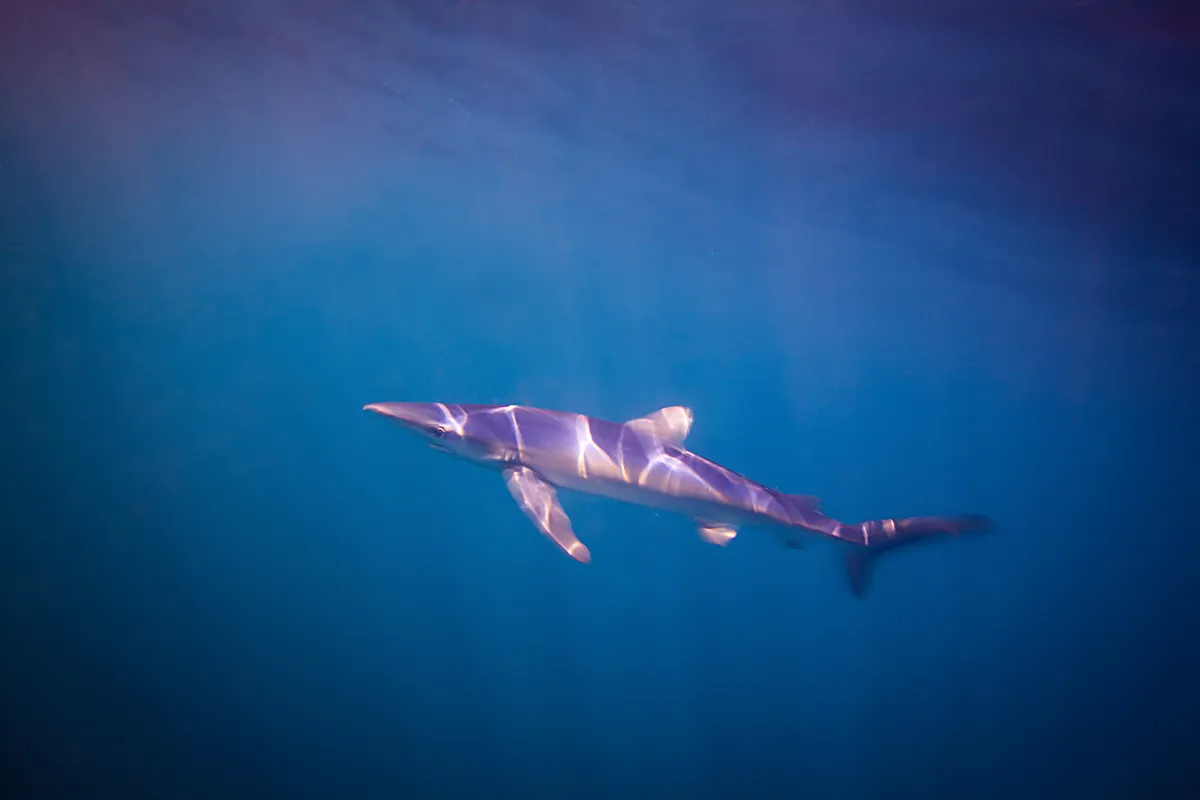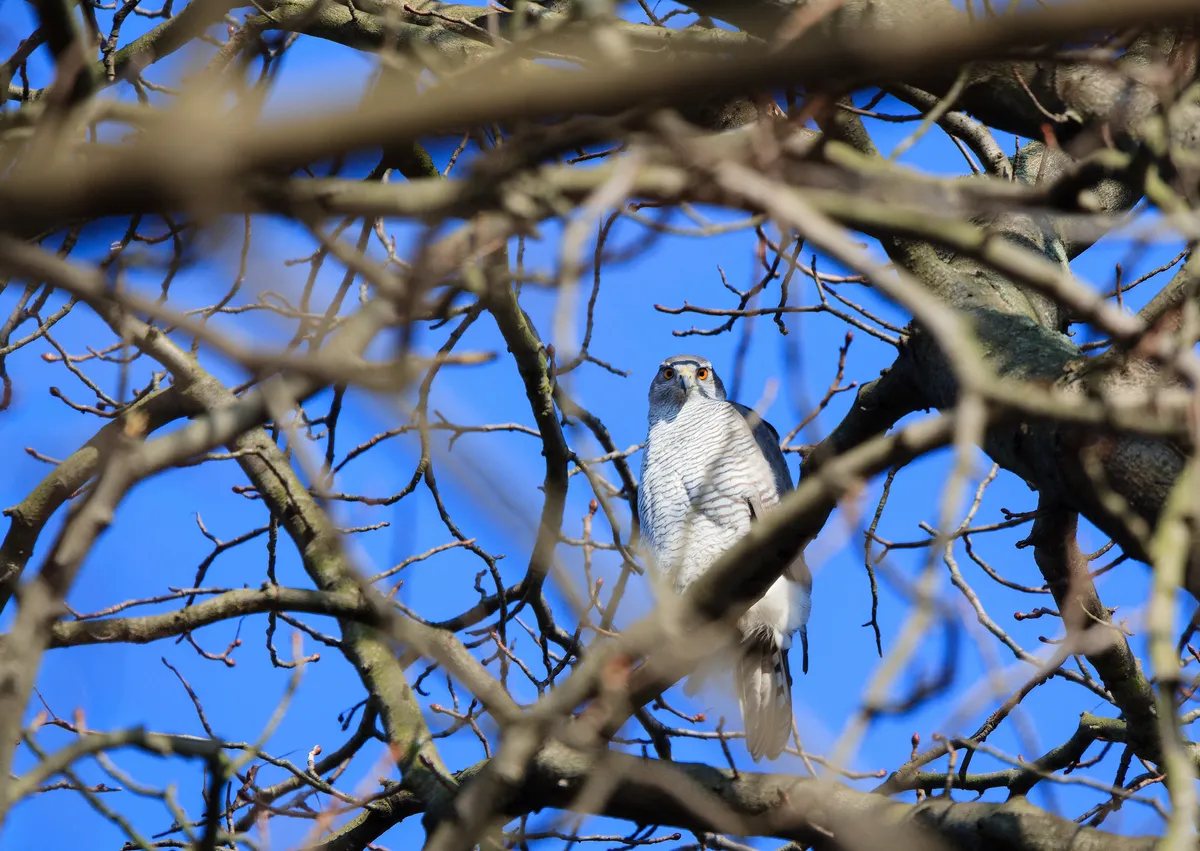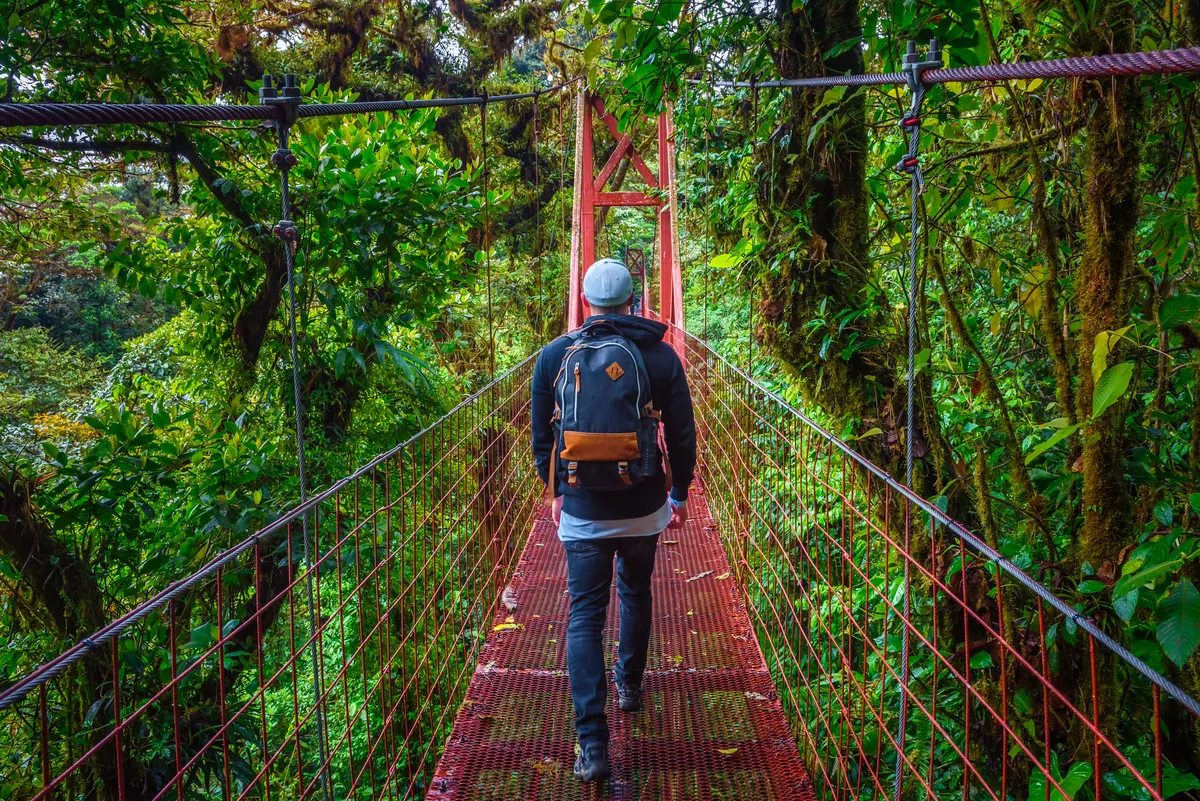If you want to see the world and make it count for wildlife, there are various choices you can make.
At its best, wildlife tourism can benefit conservation through direct and indirect financial contributions, strengthened socio-economic incentives and awareness-raising. At its worst, it can be carbon-intensive, negatively impact wildlife and generate socio-economic problems.
Travelling locally and on public transport helps enormously when it comes to carbon counting. But if we do choose to fly, we can offset our emissions; plump for ‘slow travel’ rather than rushing around; and spend in local communities and protected areas, eagerly paying reserve entry fees, booking local guides and buying local products.
When it comes to accommodation, we can prioritise lodges that directly fund conservation or benefit local communities. We can favour ‘ecolodges’ that minimise resource use, source locally and are built using recycled materials. We can then contract local tour companies who aim to ‘travel for good’, drawing on research by organisations such as Responsible Travel and Terra Incognita.
Bringing all these threads together, here are 10 ideas for beneficial wildlife-watching experiences across the globe, from blue sharks off the Cornish coast to hummingbirds in the rainforests of Peru.
10 destinations for ethical wildlife holidays

1 Marine wildlife in Cornwall
Penzance Station is the end of the Great Western Railway line and is adjacent to Mount’s Bay, a superlative destination for marine wildlife. Hop onto a sailing catamaran operated by local company Marine Discovery for a wind-powered excursion so silent that you’ll be able to hear common dolphins whistle as they bowride. You may see ocean sunfish as well as grey seals, harbour porpoises and basking sharks.
Blue Shark Snorkel offers a WiSe-accredited (wildlife-safe) underwater experience with the blue sharks now frequenting the coastal waters of south-west England (including Mount’s Bay). Operations follow a strict code of conduct.
On dry land, the Land’s End peninsula offers ample wildlife interest – much of which can be reached through an impressive local bus network. Hike along the dramatic South West Coast Path to look for choughs, and in late summer, take your telescope to Porthgwarra or Pendeen to see passing seabirds such as the storm petrel and great shearwater.
Finally, jump on the local train to Hayle, checking the estuary for Mediterranean gulls and passage waders.
2 Butterflies and orchids in The Cevennes
An overseas holiday need not mean flying – UK tour companies including Wildlife Travel offer European tours based on rail travel. So, minimise carbon emissions by taking the Eurostar and TGV through France to Nîmes. Then venture west into the Cévennes and Grands Causses – spectacular protected areas blessed with dramatic gorges, limestone plateaus and river valleys, where the montane greets the Mediterranean.
Spring and early summer provide the most intense experiences. Meadows brimming with pheasant’s-eye daffodils and yellow gentians complement rocky heathlands with several local rarities. The floral highlight, though, is the sheer diversity of orchids: seeing 30-plus types is eminently possible. There are even two orchids found nowhere else in the world – Aymonin’s fly orchid and Aveyron orchid.
Butterflies also abound, including the Piedmont ringlet, two-tailed pasha and nettle-tree butterflies, as do rock-loving birds. Look at ground level for the citril finch and rufous-tailed rock thrush, then up into the sky for all four European vultures: Egyptian, cinereous, griffon and bearded. Vultures have benefitted from successful local reintroduction schemes, and you can learn all about them at the Maison des Vautours (House of Vultures).

3 Goshawks in Berlin
Take the train to Berlin to meet the capital’s star species: the goshawk – a raptor that is scarce in the UK, but excitingly common in Berlin’s parks and cemeteries, where 100 pairs now reside. Seeing these magnificent birds of prey sitting bold as brass in Tiergarten Park’s pathside trees is a pretty memorable experience.
Other parkland wildlife includes the hawfinch, red squirrel, wild boar and striped field mouse. Northern raccoons emerge after dark, though the presence of this non-native carnivore is not universally appreciated by residents. Heading west by bus, look for moor frogs, sand lizards and nesting common cranes at Grunewald. To the south-east, the Müggelsee area holds breeding black terns, great reed warblers and red-breasted flycatchers. Even beavers have returned after a long absence: look for them around Tegeler See.
Finally, hire a car and head 50 miles west to Havelländisches Luch, home to Europe’s northernmost population of great bustards. Your visit celebrates the conservation action that has doubled this mighty bird’s numbers in just two decades.
4 Whale shark research in Mexico
There are many places worldwide where you can snorkel with whale sharks, the largest fish in the sea. But by joining leading marine scientists on Responsible Travel’s week-long voyage near the Yucatán Peninsula, you can be sure that your presence does not disturb this marine behemoth, which gathers here in aggregations of up to 200 individuals. The cost of your holiday funds research that you help to carry out, examining photo-ID catalogues, recording behaviour and observing which marine species use sharks as mobile habitats.
And it's not just sharks - you'll likely encounter manta rays, bottlenose, spinner and Atlantic spotted dolphins, and green and loggerhead turtles.

5 Birding at Point Reyes, California
Migration offers thrilling birdwatching. In spring and autumn, many species are on the move, turning certain locations across the globe into veritable avian airports. One hotspot is Point Reyes National Seashore, an expanse of protected coastline in California.
In April, why not attend the Point Reyes Birding and Nature Festival? Raising funds for local conservation, the event coincides with the northwards passage. Explore Bear Valley for various flycatchers, vireos, sparrows and warblers and keep an eye on the sky for raptors such as the red-shouldered hawk and northern harrier. Out to sea, sightings may include the pigeon guillemot, surf scoter and Brandt’s cormorant.
Point Reyes hosts marine mammals, too: Californian sealions feed offshore, young northern elephant seals recline on beaches and grey whales mooch past.
6 Rainforest birding in Peru
South America boasts a bulging portfolio of lodges that support nature conservation, with offerings across Bolivia, Brazil, Colombia, Ecuador and Peru. Choosing such accommodation ensures that your tourist dollars go towards protecting threatened habitats.
Peru is a great place to start. Stay at the Huembo and Owlet Andean rainforest lodges and you’ll be funding reserves managed by conservation charity ECOAN (The Association of Andean Ecosystems), which reinvests tourism profits in conservation projects. The star attraction around Huembo is the marvellous spatuletail, a hummingbird with an extraordinary appendage. An ecological easement (an agreement between landowners) protects the forest in this area, with profits shared between communities.
An hour away, a visit to Owlet Lodge places you deep within the 10,000ha rainforest reserve of Abra Patricia, home to the royal sunangel – a hummingbird as sumptuous as its name suggests – and the once-mythical long-whiskered owlet.
Finally, head southwest into Peru’s arid lowlands. Check in to the Chaparrí Ecolodge and explore the threatened Tumbesian dry forests. Here, you can admire myriad hummingbirds bathing in a stream beside the dining room and observe Andean (or spectacled) bears feeding. Then, relax inside hides overlooking a waterhole frequented by Peruvian white-tailed deer and a feeding station attended by Andean condors.

7 Cloud forests in Costa Rica
Costa Rica has long been a leader in global ecotourism. During the 1970s, this Central American nation suffered one of the world’s highest deforestation rates, yet thanks to a series of pro-environment policies, forests now cover more than 60 per cent of its land, with more than a quarter of the country protected through reserves.
A key destination is the Monteverde Cloud Forest Reserve, where you can embark on a quest to see the resplendent quetzal and venture along canopy walkways to spot toucanets and tanagers at eye level. Gaudy butterflies such as the malachite abound, and you can also volunteer your time helping Earthwatch scientists.
8 Volunteering in The Seychelles
Nestling in the Indian Ocean, the Seychelles is renowned as an island paradise, but choose to base yourself on Curieuse Island and you can give back to nature while enjoying the white sands and turquoise waters.
Barely the size of Tresco, Isles of Scilly, Curieuse lies only a short boat ride from the main tourist island of Praslin. There are neither roads nor shops, enabling you to enjoy a recuperative break from the rigours and business of daily life.
Not that you will be lounging around, of course. You are here to volunteer your time and experience to the Seychelles National Parks Authority, while staying at a beachfront research station operated by voluntourism company Global Vision International (GVI). GVI commits to operating only locally driven, collaborative projects whose objectives are aligned with the United Nations Sustainable Development Goals.
Trips last between one and 12 weeks. Depending on when you visit, your contribution will likely involve studying nesting success in green or hawksbill turtles, helping turtle hatchlings to reach the sea, assisting with a ‘catch-and-release’ study of baby sicklefin lemon sharks, recording the rate of coastal erosion or censusing Aldabra giant tortoises.
A day at the office complete, you can relax by snorkelling in the company of eagle rays and reef sharks, by hiking uphill to admire the coco de mer palm trees that grow only here and on Praslin, or by looking for birds such as the white tern or endemic Seychelles blue pigeon.

9 Safari in Samburu, Kenya
With East Africa safaris becoming ever busier, there is now increasing competition among safari lodges and conservancies to demonstrate their environmental, socio-economic and cultural credentials. Where you stay matters.
The luxury tented camp at Sasaab lies in a private wildlife conservancy near Samburu National Reserve in northern Kenya. It’s run in partnership with the 10,000-strong Samburu community, ensuring that locals benefit directly from wildlife tourism. Three-quarters of staff hail from Samburu villages and a foundation offers further support. Visitor fees also go towards the Grevy’s Zebra Trust, which seeks to conserve an endangered equiid whose population has slumped by 80 per cent in 50 years.
This all makes staying here worthwhile, even without Samburu’s excellent wildlife. Over and above the safari staples such as African elephants, giraffes, lions and cheetahs, game drives offer opportunities to see Kenyan specialities such as gerenuk, beisa oryx and the Somali ostrich.
10 Campout in Cambodia
With the tagline, ‘Your stay keeps the forest standing’, the Cardomom Tented Camp in Cambodia’s Botum Sakor National Park helps to keep 180km2 of forest safely out of the hands of loggers, poachers and sand-dredging operations. Located in the Cardomom Mountains, the camp’s revenues support the conservation efforts of the charity Wildlife Alliance, with additional profits invested locally.
The camp has an impressive approach to minimising its environmental impacts, from generating solar power to recycling and grey-water management. Meals include a portion of ‘Ibis Rice’, whose producers receive a premium for conserving habitat for the critically endangered giant ibis.
For wildlife adventures, you can join guided walks through Botum Sakor’s rainforests and grasslands, or boat along the Preak Tachan River to spot species such as the pileated gibbon and giant black and Cambodian striped squirrels. Around the camp, birders can look for evocative Asian species such as the oriental pied hornbill, black-and-red broadbill and perhaps even the globally threatened green peafowl. Guests may also assist rangers by checking camera traps to reveal evidence of reclusive mammals such as the red spiny rat.
Main image: Monteverde, Costa Rica © miroslav_1/GettyGetty
